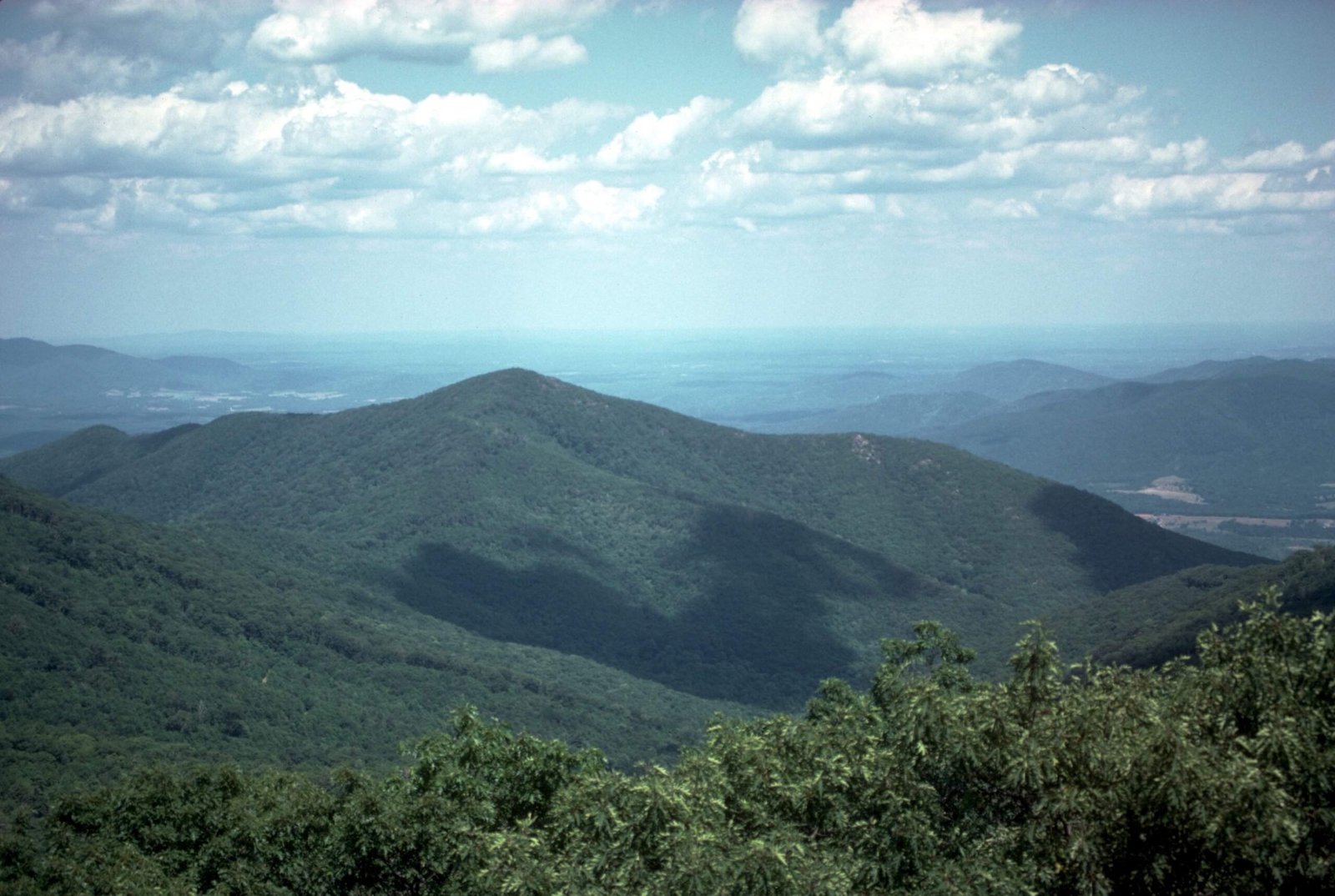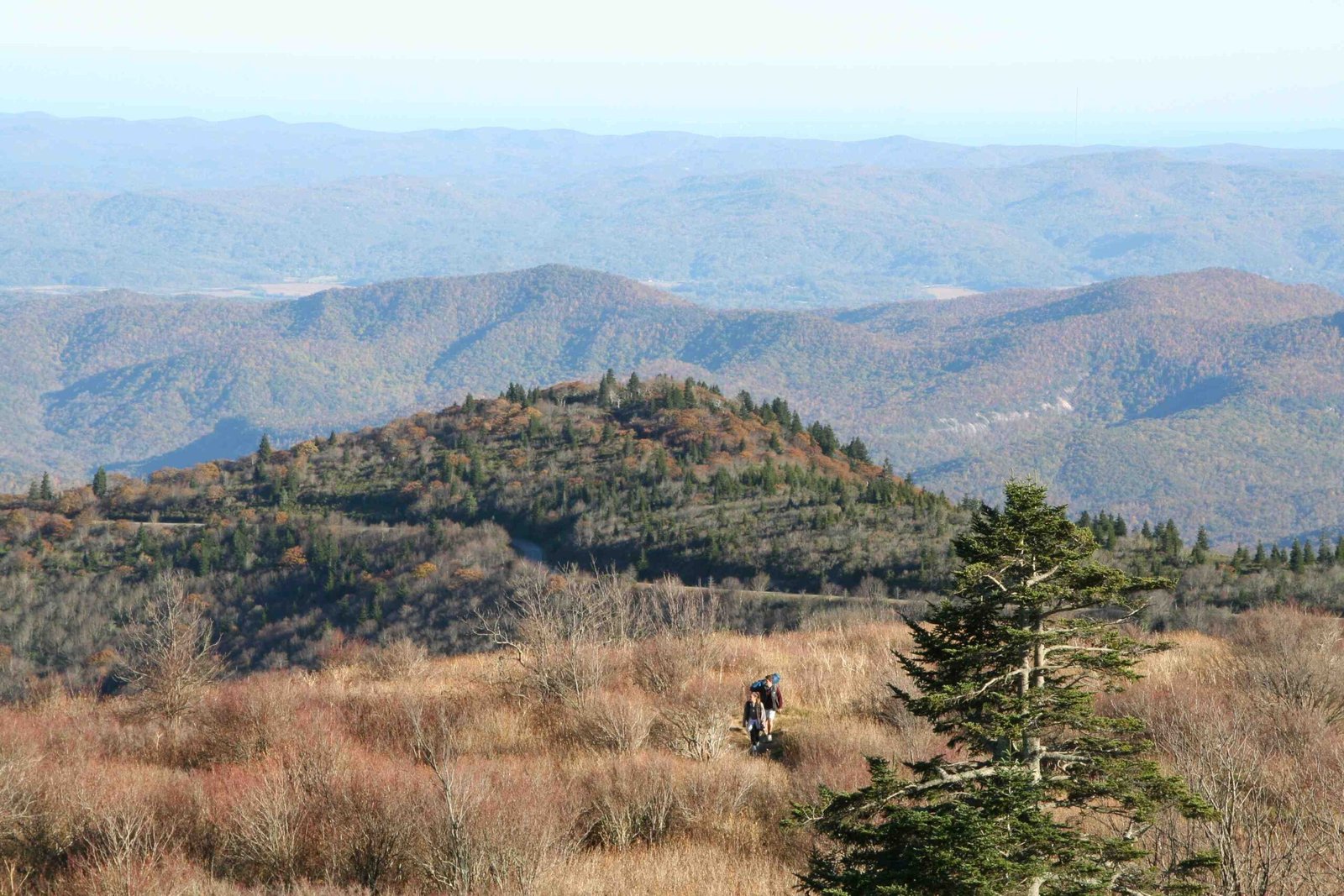The Appalachian Trail maintenance clubs represent a critical network of dedicated volunteers who protect and preserve one of America’s most cherished hiking routes. These passionate organizations work tirelessly across 14 states, maintaining trail infrastructure, managing ecological challenges, and ensuring safe passage for thousands of hikers annually through coordinated maintenance efforts, strategic planning, and community-driven conservation initiatives.
What Are Appalachian Trail Maintenance Clubs?

Appalachian Trail maintenance clubs are volunteer-driven organizations responsible for preserving specific segments of the 2,190-mile hiking trail. These groups collaborate with the National Park Service and Appalachian Trail Conservancy to manage trail conditions, infrastructure, and environmental protection.
Key Responsibilities of Trail Maintenance Clubs
| Responsibility | Description | Frequency |
|---|---|---|
| Trail Clearing | Removing fallen trees, branches, and obstacles | Quarterly |
| Erosion Control | Installing water bars, maintaining drainage systems | Bi-annually |
| Shelter Maintenance | Repairing hiking shelters, privies | Annually |
| Blaze Repainting | Refreshing trail markers | Annually |
How Do Maintenance Clubs Operate?

Volunteer Recruitment and Training
Maintenance clubs typically recruit volunteers through:
– Local outdoor enthusiast networks
– Social media platforms
– Hiking and conservation websites
– Community outdoor events
Volunteer Requirements
- Physical fitness
- Basic outdoor skills
- Commitment to trail preservation
- Willingness to undergo safety training
What Tools Do Maintenance Clubs Use?
Volunteers utilize specialized equipment for trail maintenance:
– Crosscut saws
– Chainsaws
– Brush cutters
– Hand tools
– GPS mapping devices
– Safety equipment
How Many Miles Do Clubs Maintain?
Different clubs manage varying trail segments:
– Mountain Club of Maryland: 42 miles
– Roanoke Appalachian Trail Club: 120 miles
– Georgia Appalachian Trail Club: 130 miles
What Challenges Do Maintenance Clubs Face?
Environmental and Logistical Challenges
- Weather-related trail damage
- Limited volunteer resources
- Complex terrain
- Funding constraints
- Invasive species management
How Can Someone Join a Maintenance Club?
Steps to Become a Trail Maintenance Volunteer
- Research local Appalachian Trail maintenance clubs
- Attend informational meetings
- Complete required training
- Participate in initial maintenance projects
- Obtain necessary safety certifications
Economic Impact of Maintenance Clubs
Maintenance clubs provide significant economic value:
– Reduce government trail maintenance costs
– Support local tourism
– Preserve natural hiking infrastructure
– Create community engagement opportunities
Success Stories and Impact
Maintenance clubs have successfully:
– Prevented trail erosion
– Maintained safe hiking conditions
– Preserved ecological corridors
– Supported long-distance hiking experiences
Conclusion
Appalachian Trail maintenance clubs represent a critical volunteer ecosystem dedicated to preserving one of America’s most iconic hiking routes. Their commitment ensures continued accessibility and environmental stewardship for current and future generations of outdoor enthusiasts.

